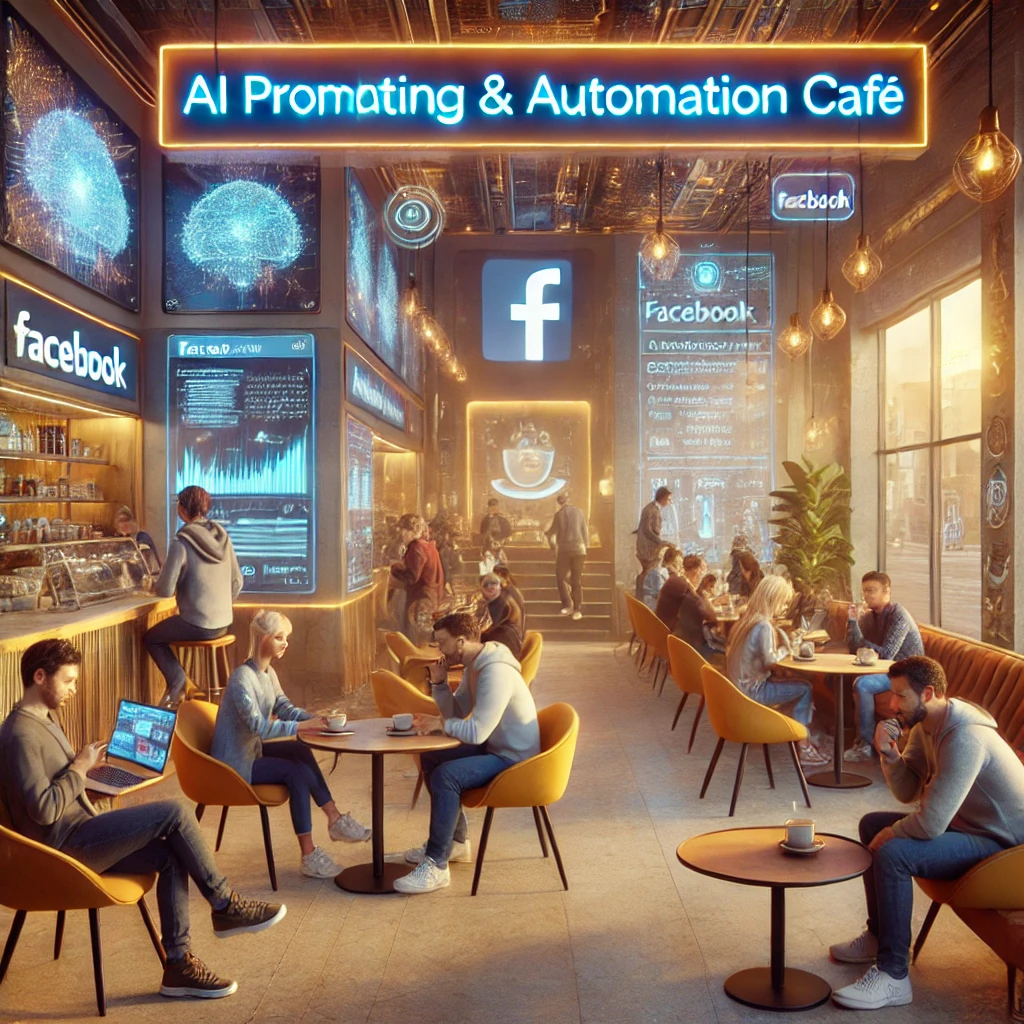Adobe Steps Into Next-Gen AI With Agentic Systems
In a major leap toward the future of digital marketing, Adobe has unveiled its newest technology: Agentic AI. This powerful suite of tools is designed to elevate the personalization capabilities of brands across platforms, offering marketers intelligent, autonomous tools that can achieve goals with minimal intervention.
Agentic AI isn’t just about smarter automation—it’s about creating digital experiences that respond, adapt, and evolve based on consumer behavior. Adobe’s cutting-edge move further cements its leadership in integrating AI with creative and marketing ecosystems, offering a roadmap to completely transform how brands interact with audiences.
What Is Agentic AI?
Agentic AI, according to Adobe, refers to the next evolution of generative AI, where the AI systems—referred to as “agents”—move beyond generating isolated pieces of content and instead take on the responsibility of completing complex tasks end-to-end. These agents operate using intent-driven structures, dynamically adjusting workflows based on real-time data and feedback.
Unlike earlier generative AI models that require curated user inputs at every step, Agentic AI tools are empowered with autonomy. They can:
- Initiate and complete tasks across marketing campaigns
- Iterate on creative outputs based on performance metrics
- Collaborate with human teams to optimize campaign results
This makes them ideal companions for creative professionals and marketers aiming to manage exponentially increasing content demands and customer expectations.
How Agentic AI Is Changing Brand Personalization
One of the standout features of Agentic AI is its ability to personalize brand messaging and experiences with astonishing precision. By understanding user context and learning continuously, these AI agents can create tailored customer journeys that feel truly one-on-one.
Key Personalization Enhancements
Agentic AI changes the personalization game in the following ways:
- Hyper-Personalized Creative Assets: Dynamic asset generation based on user segments, behavior, and preferences.
- Cross-Channel Harmony: Consistent but custom messaging across emails, social posts, landing pages, and ads.
- Data-Driven Storytelling: AI agents use data insights to frame content in compelling, context-sensitive narratives.
Adobe intends for brands to reduce time spent managing content versions and instead focus their energy on strategy and innovation. Agentic AI serves as a “co-pilot,” empowering marketers to scale relevant messaging faster and smarter than ever before.
Real-World Use Cases for Brands and Marketers
Adobe’s Agentic tools are set to impact multiple layers of the brand-consumer relationship. Businesses that lean into this AI-powered transition may enjoy significant advantages in their marketing operations.
Use Case 1: Campaign Optimization
AI agents can automatically test creative variations, adjust bidding strategies, and tweak messaging across an entire campaign lifecycle. For example:
- A/B testing is automated and continuously refined based on user engagement.
- Ad spend allocation is optimized using predictive analytics powered by machine learning.
This removes the typical day-to-day guesswork and replaces it with precise, high-frequency decision-making that drives results.
Use Case 2: Content Generation at Scale
In an era where content is king but demand is overwhelming, Agentic AI can:
- Create and repurpose content at a global scale, matching brand voice and visual identity.
- Quickly respond to trends or market shifts with data-informed content updates.
Creative professionals retain control over the final output while offloading repetitive tasks to AI assistants that never sleep.
Use Case 3: Enhanced Customer Experiences
Imagine an e-commerce journey where a user receives product recommendations, personalized content, and reminders tailored entirely through AI-driven logic that interprets their real-time behavior and buying history.
Agentic AI makes this possible by:
- Analyzing user touchpoints across channels in milliseconds.
- Triggering tailored content and workflows instantly based on intent signals.
This results in higher conversion rates, longer customer retention, and more satisfying user experiences.
Part of Adobe’s Larger Vision
Agentic AI is not a standalone product—it’s a core piece of Adobe’s broader vision of intelligent, connected creative tools. By enhancing Adobe Creative Cloud and Experience Cloud with AI agents, the company is building a tightly integrated ecosystem where creative professionals, data scientists, and marketers can collaborate seamlessly.
Integration With Adobe Firefly and Sensei
Agentic tools are bolstered by Adobe’s existing AI technologies:
- Adobe Firefly: Generative image and text capabilities, now with agentic extensions that allow created assets to be automatically optimized for context.
- Adobe Sensei: Adobe’s long-standing AI framework now works in tandem with agents to analyze vast amounts of customer data and funnel insights into creative workflows.
This synergy not only saves time but boosts ROI across departments, bridging creativity with performance.
Implications for Marketers and Brands
The emergence of agentic AI represents a fundamental shift in how marketing teams operate. It eliminates silos, reduces manual labor, and leans into data-informed creativity. Brands that adopt it early can expect to:
- Meet the rising demand for tailored, real-time brand experiences
- Enhance collaboration between creative and analytical teams
- Drive faster go-to-market campaigns with reduced production friction
Because personalization is no longer a luxury but a user expectation, Agentic AI helps brands stay competitive in an increasingly saturated and demanding digital environment.
Challenges to Consider
While Agentic AI brings significant promise, it also raises crucial questions:
- Data privacy: How are customer insights gathered and protected when AI handles personalization at this scale?
- Oversight: How much control should human marketers retain over AI-driven decisions?
- Bias concerns: Will agentic systems replicate or amplify existing algorithmic biases?
These are challenges that Adobe acknowledges and is working to address, ensuring their tools offer aligned, ethical, and sustainable value to users.
Looking Forward: The Future of Personalized Marketing
Adobe’s launch of Agentic AI is a signal to the marketing world: intelligent autonomy is here, and it’s redefining how brands engage with their audience. With the rise of these AI agents, marketers are no longer mere operators of campaigns—they are orchestrators of intelligent systems that can adapt faster and perform better than ever before.
In the future, we can expect even more enhancements:
- Emotionally intelligent AI agents capable of detecting sentiment and adapting tone
- Deeper real-time integrations with commerce platforms and CRMs
- Continual learning loops that improve agents with every interaction
Final Thoughts
Adobe’s Agentic AI is not just an innovation—it’s a transformation. It offers a glimpse into marketing’s intelligent, adaptive future—one where personalization is no longer reactive but predictive, and creativity is powered by real-time intelligence.
For brands looking to stay ahead, now is the time to explore how AI agents can become integral members of their marketing team. With Adobe paving the path, the agentic future of brand engagement has officially begun.






